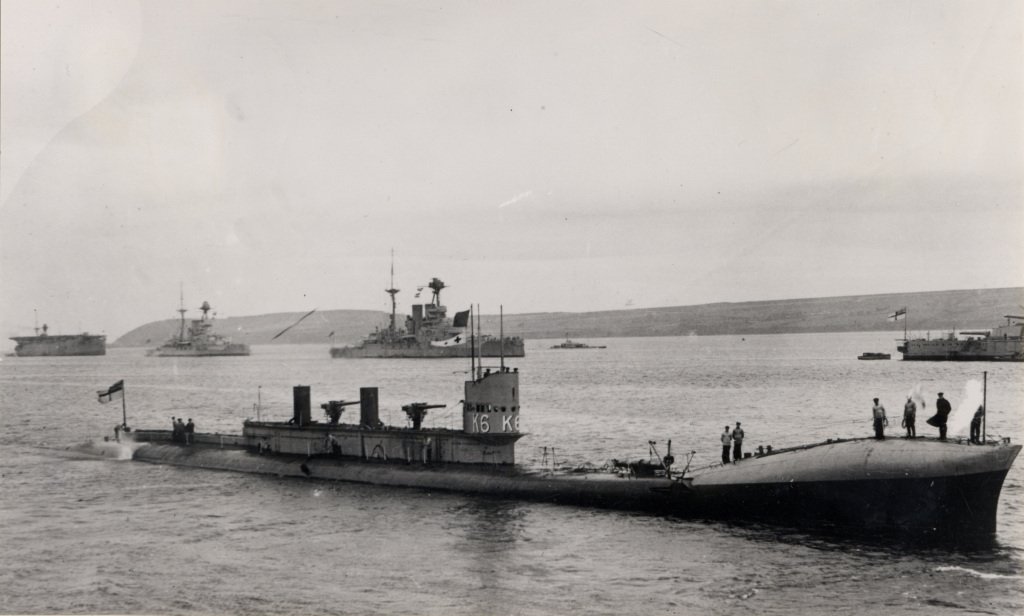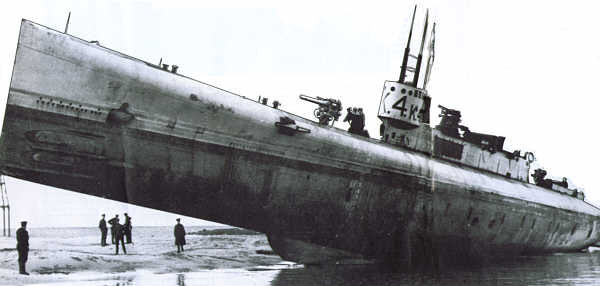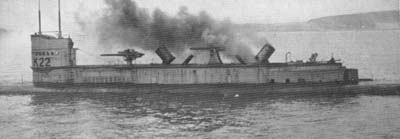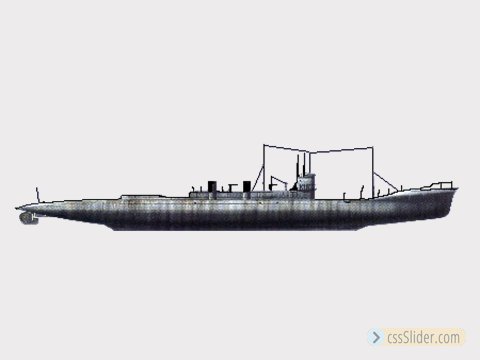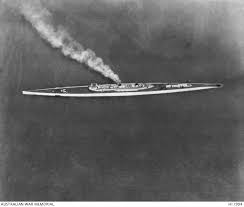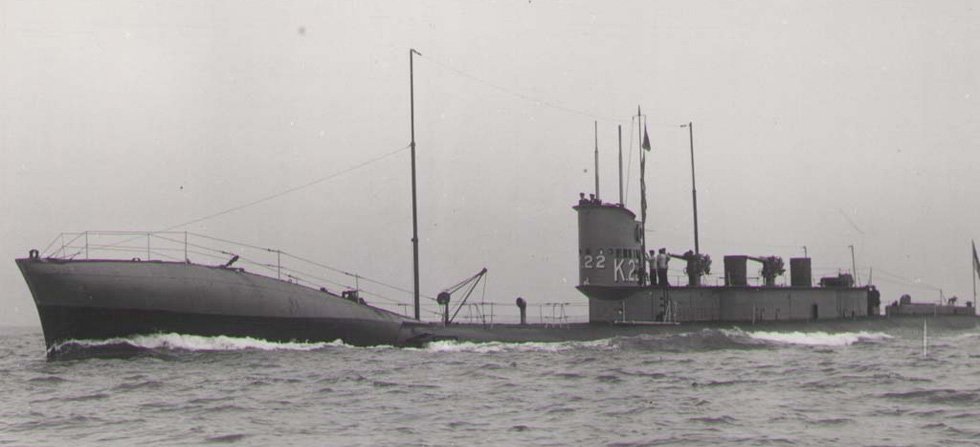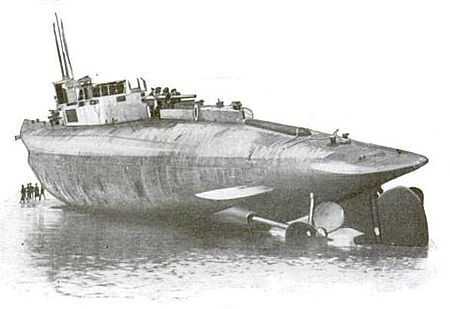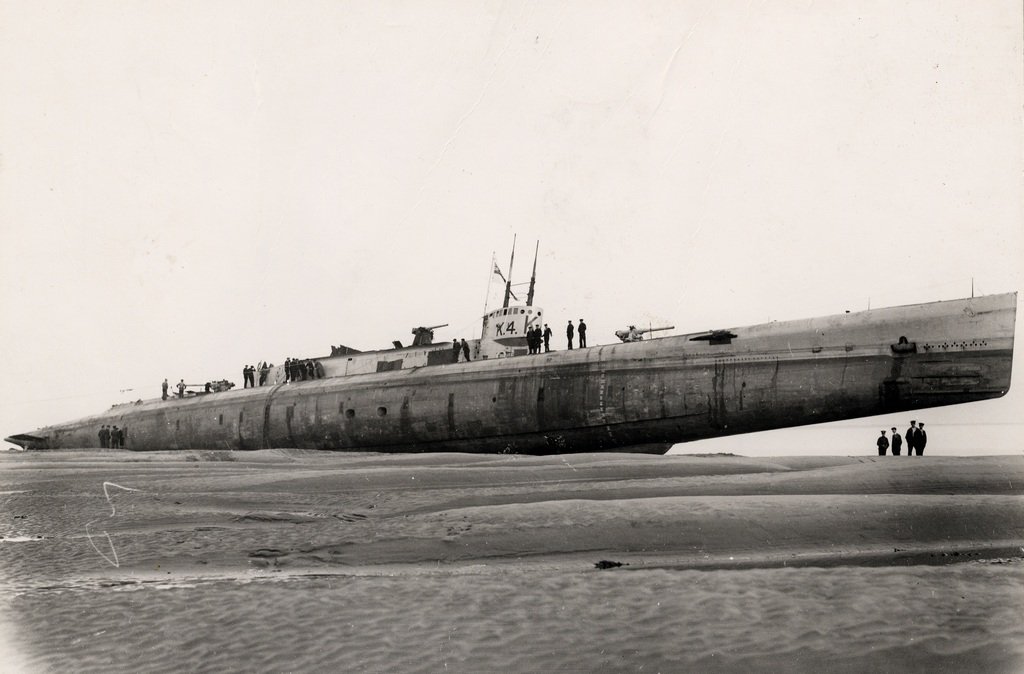If any of you have ever looked at a submarine and thought "If only they& #39;d whacked a couple of funnels on that" then don& #39;t worry, the Royal Navy have your back.
And yes, it had two smoke funnels sticking out of it.
I& #39;d like to think the idiocy of sticking a chimney on your submarine was obvious, but apparently British submariners are a different breed to you or I.
The chimneys didn& #39;t come without certain issues. It took an unholy amount of time to dive safely - nearly half an hour. A crash dive was possible in about 5 minutes but carried risks, although as it looked like the sub had already exploded perhaps enemies would hold fire.
Where this gets really silly is that the engines were the least of the problem. They needed them because these boats were fast - 24 knots on the surface, a speed unmatched until the 60s. They& #39;re best thought of as destroyers that can hide underwater from time to time.
The armament was also surprisingly okay, with the exception of the swivelling torpedo tubes. I nearly wrote this was the most stupid submarine invention I& #39;d heard of, and then I remembered the chimneys. Suffice to say they didn& #39;t work.
Despite this, working out how to get steam turbines into a submarine appears to have directed attention away from other matters. For one thing, attitude control was poor to non-existent.
On trials the first one, K3, dived and got her nose stuck in the seabed whilst her screws uselessly beat the air above her. This might explain the unusual bow profile - I& #39;m assured they were bent like this before they left the shipyard, though I have my doubts.
The reason for the massive bulging bow, by the way, was because the initial bow design was euphemistically described as & #39;wet& #39;. This meant the boat would try and dive uncommanded - an undesirable feature in a boat that, I remind you, was full of holes.
Unreliable attitude control was a genuine problem. Ignoring the risk of ramming the seabed, the K-Class was so long that it was entirely possible for one end of the boat to be on the surface whilst the other was nearly at its maximum safe depth.
Another issue was manoeuvrability. I& #39;ve already mentioned these things had the speed of a destroyer. Regrettably they were about as easy to steer as the average cathedral. The length can& #39;t have helped.
Still, maybe these things were okay in service? I mean, look how happy the crew of K26 are as they desperately wave for rescue!
Sadly the service history of these boats was as bad as you might expect.
K13 sank on trials after some of the many holes in the hull were left open. 31 men died. The navy hauled her back out, repaired her, and changed her number to K22. Nobody was fooled - the "Kalamity Klass" had already become notorious.
K2 went on fire. K4 stranded on Walney Island. She was hauled off in time to meet up with K1, who she sank. K1 had previously grounded herself because & #39;rats ate the captain& #39;s charts& #39;. K15 sank at her mooring because it was a warm day. K5 signalled to dive and did so, terminally.
K2 disappeared, assumed lost, and turned up in the middle of the navy, who freaked out. K7 was depth-charged by her own side. She was the only K-Class to meet the enemy and successfully fired a torpedo that hit her opponent amidships. The torpedo naturally failed to explode.
The definitive K-Class action was the sarcastically named & #39;Battle of May& #39;. A line of K Class submarines was cut across by minesweepers. In the efforts to avoid them and each other K22 rammed K14. A passing battlecruiser helpfully gave retribution to K22 by hitting its bows.
The remaining fleet turned back to assist, just in time to meet another convoy of K-Class subs coming the other way in the mist. K17 was hit nearly head-on and sunk. K6 and K7 then both hit K4 in the resulting melee, sinking her with all hands.
A battleship group coming to see what all the noise was about then ran over K17& #39;s survivors. Just nine were eventually saved. 104 men died in total, two subs were lost and four damaged. The embarrassment was such that only in 1994 were the details finally published.
The K class was ultimately too ambitious and a failure in service. 17 were built, and at least six lost depending on how you choose to count them.
The last survivor, K26, was scrapped after being banned by international treaty. Whether this was for humanitarian reasons is unrecorded, but it can hardly have damaged the fighting ability of the Royal Navy. She was more risk to her own sailors than anyone else& #39;s.
Steam turbines eventually became standard in submarines but it needed the invention of nuclear reactors to make it possible. A combination of K-Class build quality and nuclear power is too horrific to contemplate.
Although if you do find one of these buggers glowing softly on your local sandbank, at least you now know what& #39;s happened...

 Read on Twitter
Read on Twitter